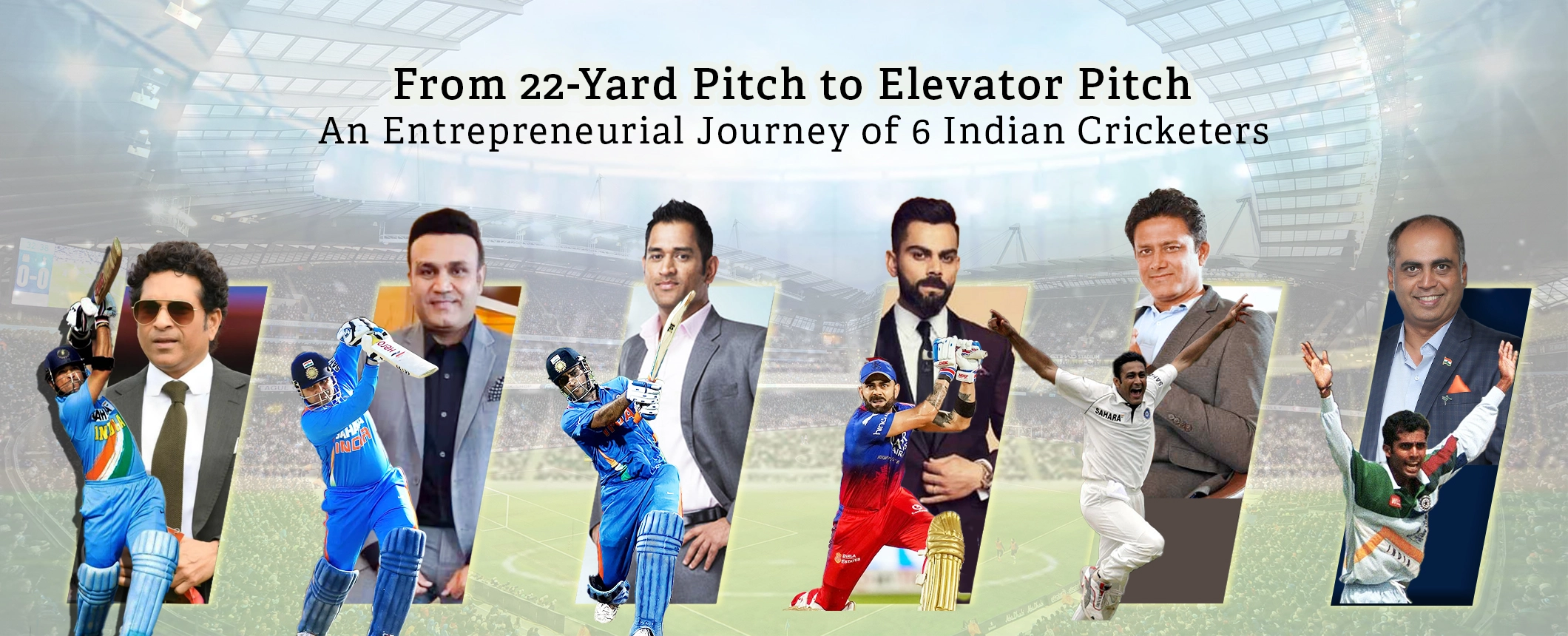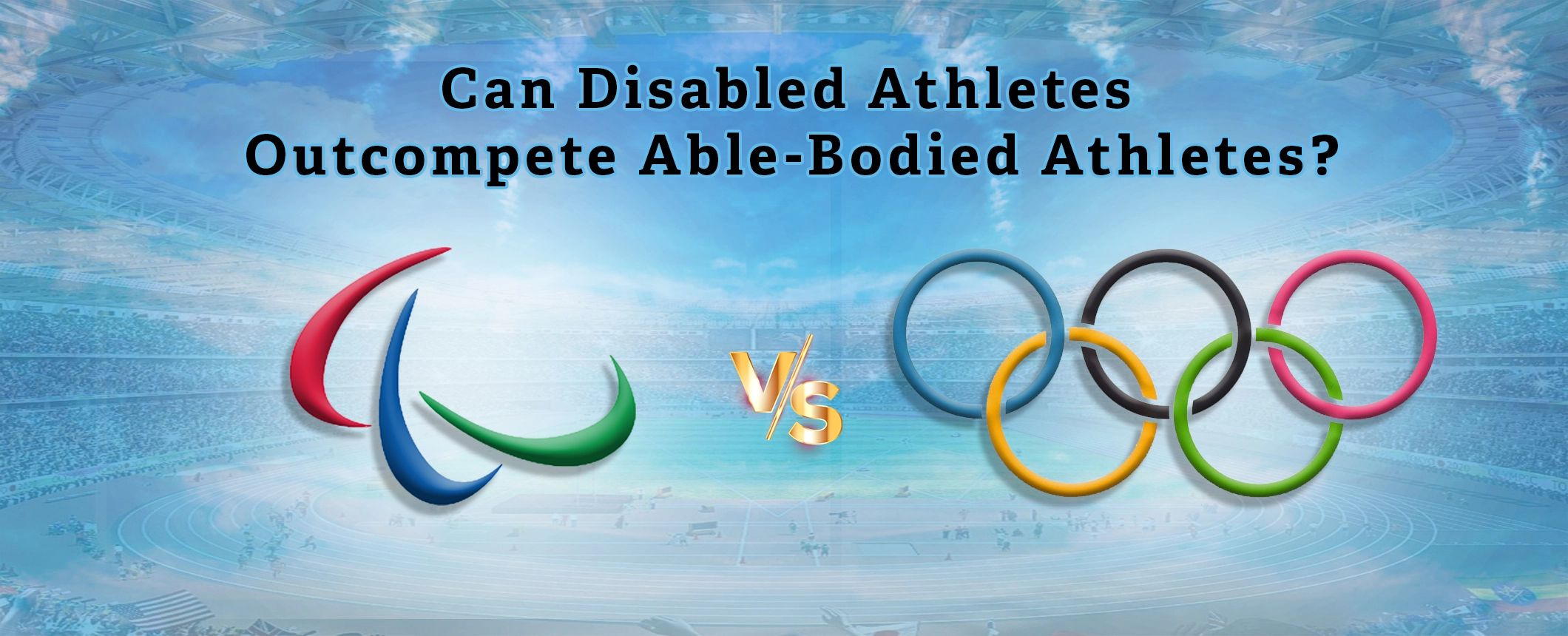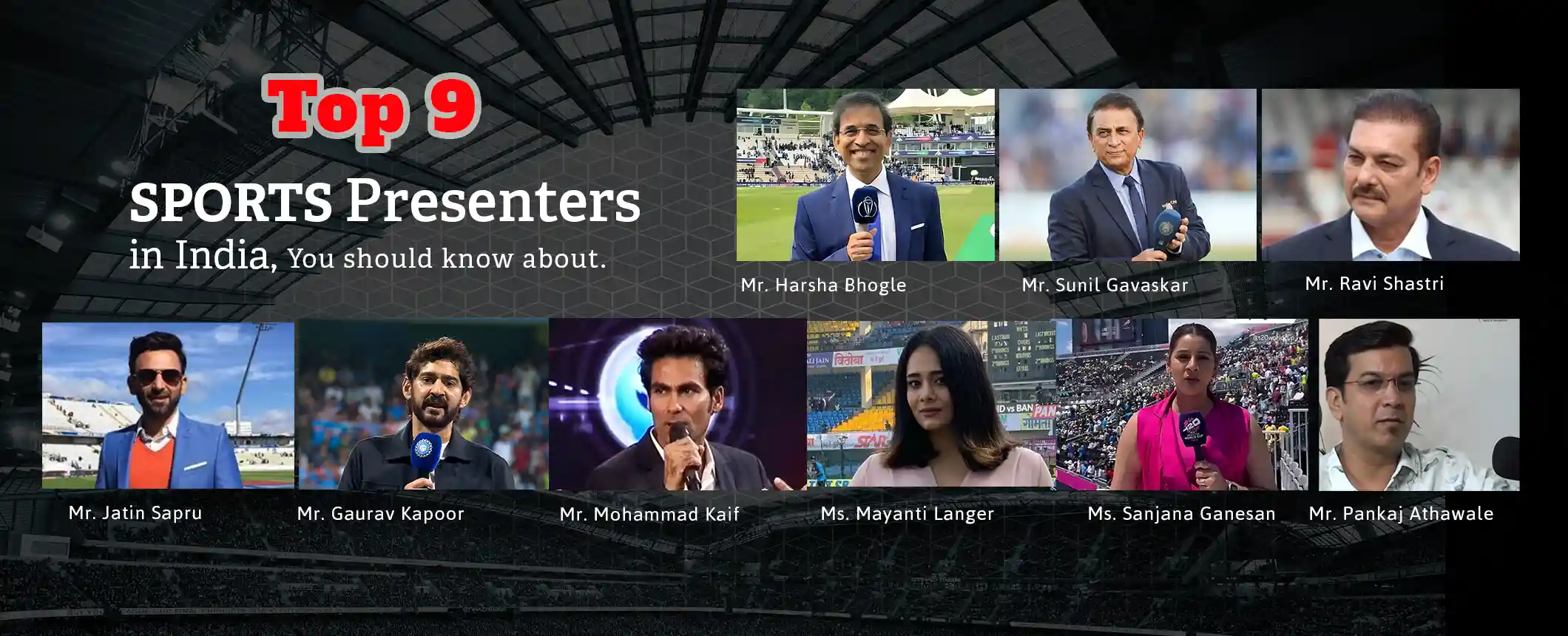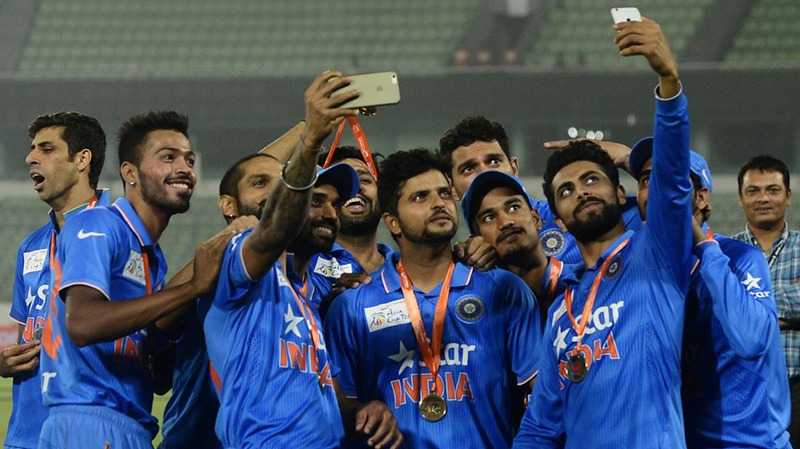The Contribution of the IPL To The Current Sports Landscape
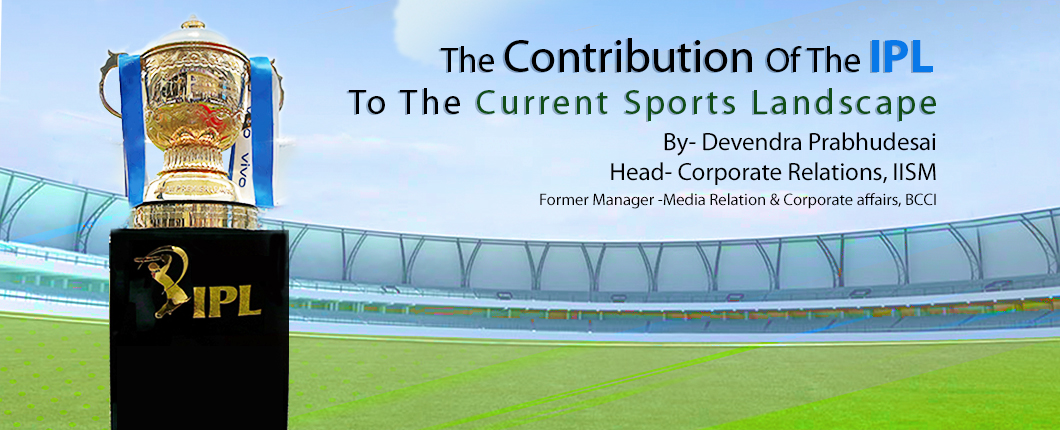
Two momentous events in the history in Indian sport occurred in September 2007. On the 24th of that month, the Indian cricket team beat Pakistan in the final of the inaugural T20 World Cup, and the country fell in love with the game’s shortest format. A couple of weeks prior to that, the Board of Control for Cricket in India launched the Indian Premier League (IPL) at a function in Delhi.
The victory in the ICC World T20 2007 was just the impetus that the IPL needed. The cricketing world took note of the happenings with a mixture of curiosity, surprise, and shock, as the weeks passed. In cricketing terms everything about the league was novel, be it the concept of an inter-city franchise tournament or the prospect of the top cricketers on the planet going under the hammer.
The inaugural players’ auction in February 2008 was followed by a spectacular start to the league itself, on 18 April 2008. Kolkata Knight Riders beat Royal Challengers Bangalore in the first game, thanks to an electrifying 158 by Brendon McCullum, a New Zealander.
International Cricketing Stalwarts to be Participating in IPL
McCullum was one of many international cricketing stalwarts to be participating in the league. The eight teams, the owners of whom ranged from industrialists and corporate czars to film stars, were led by icons, literally and figuratively.
Sachin Tendulkar led Mumbai Indians, Sourav Ganguly was in charge of Kolkata Knight Riders, Rahul Dravid helmed Royal Challengers Bangalore, Virender Sehwag captained Delhi Daredevils, VVS Laxman held the reins of Deccan Chargers and Yuvraj Singh spearheaded Kings XI Punjab.
Chennai Super Kings and Rajasthan Royals got on board, Mahendra Singh Dhoni and Shane Warne as captains, respectively. Eight eventful weeks later, these two sides met in the inaugural IPL final.
The IPL was a blockbuster in its first year, and it has only gone from strength to strength since. There have been hiccups along the way, but the league’s lustre and popularity have not diminished. The fifteenth edition of the league, which is being played from March 2022 to May 2022, will feature ten teams.
It would be safe to say that nothing has impacted Indian sport as comprehensively as the IPL. For starters, let’s examine its impact on cricket itself. With leading cricketers from across the world joining their Indian counterparts in the dressing-room and on the field, the IPL has broken barriers of the country and given a boost to the concept of unity in diversity. Gaps in communication, which existed earlier because players who hailed from different parts of the world could not understand each other, are non-existent today.
Secondly, the experience of playing with the all-time greats has ensured that young Indian players have got the opportunity to observe and learn from the best in the business. That has enabled them to enhance their own skills. Most importantly, the IPL has ensured that an Indian youngster is not overawed or intimidated by international cricket. When he makes his debut for India in front of thousands of people, he does not feel out of place, as he has seen and heard it all, thanks to the IPL. Thirdly, the IPL has given the cricketers a platform on which to make a career out of the sport without necessarily having to play for the country.
The financial aspect has been critical, as far as the IPL’s impact on Indian sport is concerned. The league motivated those involved with other sports to institute their own leagues. It is a little difficult – if not downright impossible – to believe that the PKL and ISL, to name just two sporting leagues, would have even been thought of, had it not been for the IPL.
Football had been a popular sport in India, but it lacked an annual tournament that was followed across the country, and not just in the sport’s hubs like Bengal, Kerala, Goa, and the northeast. The ISL has filled that gap. Kabaddi was always perceived as a sport played in the interiors, but the PKL transformed it into a pan-India sport with universal appeal. Like the IPL, the ISL and the PKL have boosted the earnings of players and in the process, inspired youngsters to follow in the footsteps of their heroes. The hospitality and travel sectors have got a fillip, as these leagues are played in multiple cities and locations.
However, it is the sports sector that has received the biggest boost. It is unrecognizable from what it was, a decade ago. These sporting leagues may be popular, but then, they cannot run by themselves. For the players to give it everything on the arena, it is imperative that they be complemented by professionals off the arenas. Managers are required at multiple levels and in multiple verticals, from operations to marketing to content to event management, to ensure that the leagues run unhindered.
If you are planning for getting into the sports Industry. Check out our courses in collaboration with University of Mumbai.
If you want to know more about Sports Management? Head to Why A Career in Sports Management: The Next Big Thing In India to find out
There is talk of several other sporting leagues coming up. Yes, this is truly an exciting time to be a part of the sports sector in India. The IPL deserves a lot of the credit for the same.
Devendra Prabhudesai
Head – Corporate Relations


